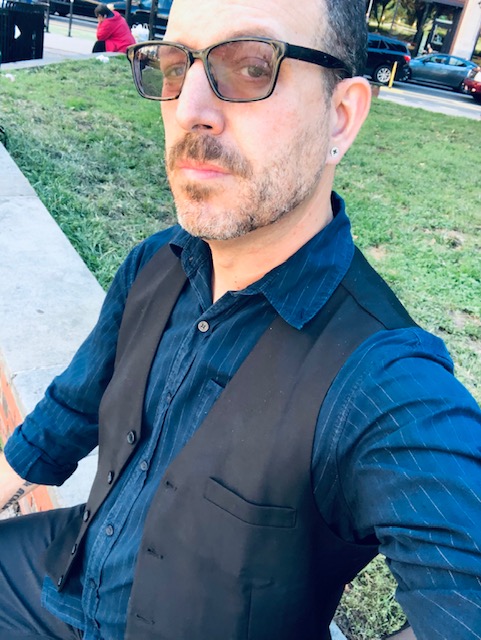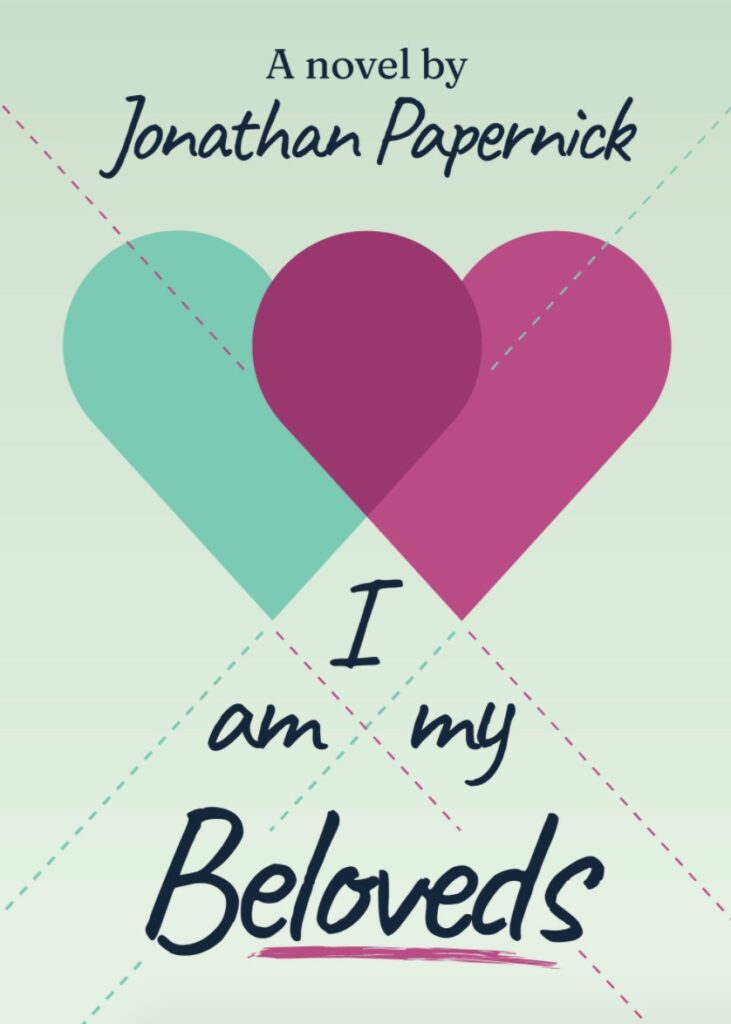In New Book, Papernick Looks at Open Marriage

Over two novels and two short story collections, Senior Writer-in-Residence Jonathan Papernick has explored religious extremism and conflict in the Middle East, and taken readers inside barrooms and synagogues.
With his latest novel, I Am My Beloveds, released in January, Papernick draws back the curtain on a married couple, Shira and Ben Seidel, as they navigate new challenges and adventures in polyamory.
Emerson Today asked Papernick about his new book and what it says about modern marriage:
What drew you to polyamory as a topic for your latest novel?
If this novel had been written a generation or two ago, it would have been an adultery novel. However, the nature of relationships has been evolving over the last few decades and I really wanted to explore the complications and joys of a couple engaged in multiple love relationships. More and more people are opting non-traditional relationship models and I was curious to see how my characters would navigate an open relationship in which they each were not just sleeping with other people, but falling in love with these new partners.
What did you feel was most important to get right about the relationship between Ben and Shira (and their beloveds)?
I wanted to show that no matter how much chaos occurred around them, no matter how much grief and pain, Ben and Shira were, for each other, a safe landing place, and that the reader should want their marriage to succeed and wish them well.
This was a challenge of course, because each of them had their own outside relationships and we wanted those relationships to work as well, so at a certain point the reader is forced to choose which relationship they care more about, and I always wanted to create a relationship between the two of them that would ultimately make sense to them and to the reader.

What did you learn about romantic relationships from writing this book, what did you learn about marriages, and are they different?
I’m not so certain about what I learned about romantic relationships from writing the book, since I’ve learned so much the hard way, through experience. But I was able to make some sense of the emotional ups and downs and frame these relationships in the context of attachment style, which fascinates me.
This novel started as a study of attachment theory, and seeing each of these characters more or less representing different attachment styles — anxiously attached, securely attached, avoidant — really highlighted how the way we act within relationships can follow very predictable psychological patterns, patterns that were created, oftentimes, in early childhood.
The difference between marriage and romantic relationships is that romantic relationships have an easy escape hatch and oftentimes people just move onto the next one, whereas marriage requires a lot more work, since there’s a higher level of commitment. Bringing a child into the equation only raises the stakes higher.
I Am My Beloveds is from the Song of Songs (minus the apostrophe). Why choose an Old Testament verse for the title?
The protagonist’s wife, Shira, makes her living creating Judaica: marriage contracts, baby naming certificates, etc. The line, “Ani L’Dodi V’Dodi Li,” is commonly used in relation to marriage ceremonies, and often finds itself on marriage contracts or engraved inside of wedding bands.
I believe it was a perfect title for this book, not only because it is about love and the idea of who belongs to whom, but also the fact that these characters are Jewish and trying to find their way in the modern world against the backdrop of ancient traditions. I removed the apostrophe to create a different sense of meaning, which I think works really well in the context of this novel since Ben, the protagonist, identifies so strongly with his partners that he figuratively is his Beloveds; without them he feels he is nothing.
What are you working on next?
I am actually working on a sequel to I Am My Beloveds, entitled Like She’s My Own, which follows these same characters as they navigate the complications of a young child. Much of the sequel will be written from Shira‘s perspective, which I think is really fun, getting to know another character so intimately, living inside her thoughts, feeling her feelings.
As well, I am currently seeking a producer or production company who would be interested in adapting this for a streaming series. The original novel and manuscript in progress are very cinematic and would lend itself really well to the serial format of a streaming show.
Categories